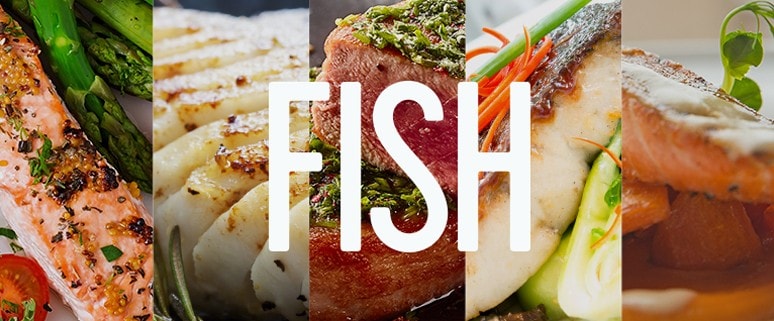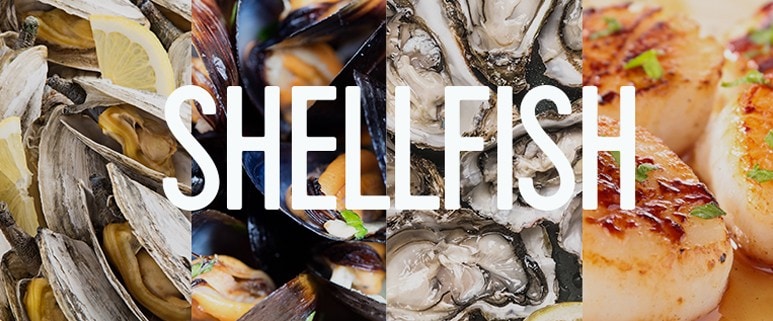Understanding Seafood in Western Cuisine
Discover the most common seafood types in Western cuisine and how to cook them.
If you’ve been trained in Asian cuisine before, chances are that you’re no stranger to handling seafood. However, do take note that seafood in Western cuisine is an entirely different ball game altogether. The cooking techniques differ vastly from Asian styles and may also feature different species of fish, crustaceans and shellfish that Asian fare typically don’t use. Here’s a guide to the most common types of seafood in Western cuisine and how to go about cooking them.

Different species of fish differ greatly from one another, and many factors determine how they are best cooked. Salmon, for example, is an extremely oily fish, which makes it great for baking, pan-frying, poaching and grilling. This versatile fish goes perfectly with a creamy beurre blanc sauce.
Salmon, for example is an extremely oily fish, which makes it great for baking, pan-frying, poaching and grilling. This versatile fish goes perfectly with a creamy beurre blanc sauce.
Hollandaise is commonly used together with various types of fish dishes. You can also create a simple jus with the juices of the fish in the pan. Fried sole, for one, can be served just with the butter that you cook your fish in. All you need is a squeeze of lemon and some parsley to complete the dish.

These odd-looking sea creatures sure make one tasty bite! Lobsters, crabs, shrimps and crayfish are all examples of commonly used crustaceans.
You can steam, boil, grill or barbecue lobster mean, each producing a very different texture.
Arguably the largest heavyweight in this category, the lobster can be prepared in a number of styles. You can steam, boil, grill or barbecue lobster meat, each producing a very different texture. Serve the meat together with a side of french fries and an herb butter sauce and you have yourself a lip-smacking meal.

You can create many different sauces from cooking crustaceans. One of the most popular byproducts is a bisque (a creamy soup), made from the cooking juices of lobsters, crabs, shrimps, crayfish or langoustine. Add a little crème fraiche or cream to the bisque for a winning appetiser.

Good shellfish are often fresh enough to be eaten with very little seasoning or add-ons. If the shellfish doesn’t look fresh or smells bad, throw it away immediately; you don’t want to risk getting shellfish poisoning. For oysters, make sure that there is a good amount of seawater in the shell and the flesh is opaque. It should also smell fresh and briny. Trust us, you’ll know a bad oyster when you smell one.
For mussels and clams, make sure the shell is closed when you get them. That will tell you if they are still alive. Lastly, fresh scallops should be firm, have a light colour and not smell bad.
Here’s what to look out for when choosing shellfish:

Oysters
- Good amount of seawater in the shell
- Flesh is opague
- Smell fresh and briny

Mussels & Clams
- Shell should be closed when you ge them. That will tell you if the fish is still alive

Scallops
- Flesh should be firm
- Light colour
- Don’t smell bad